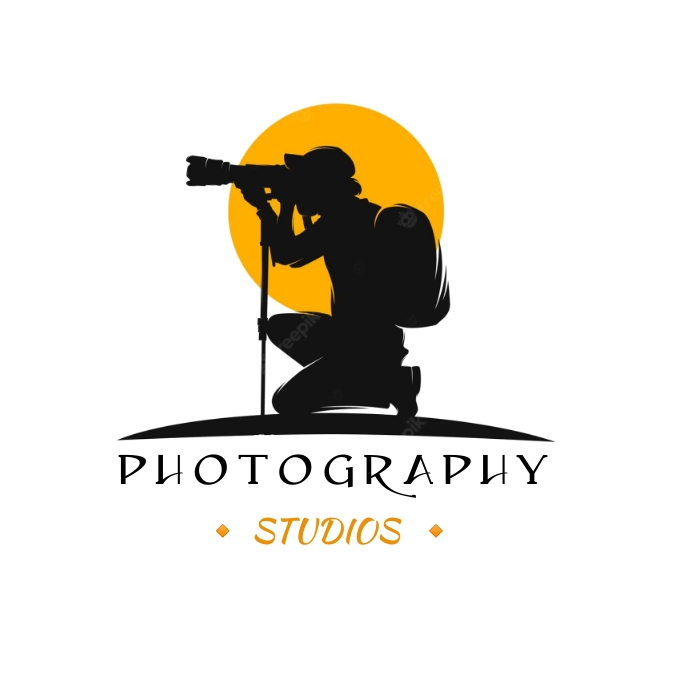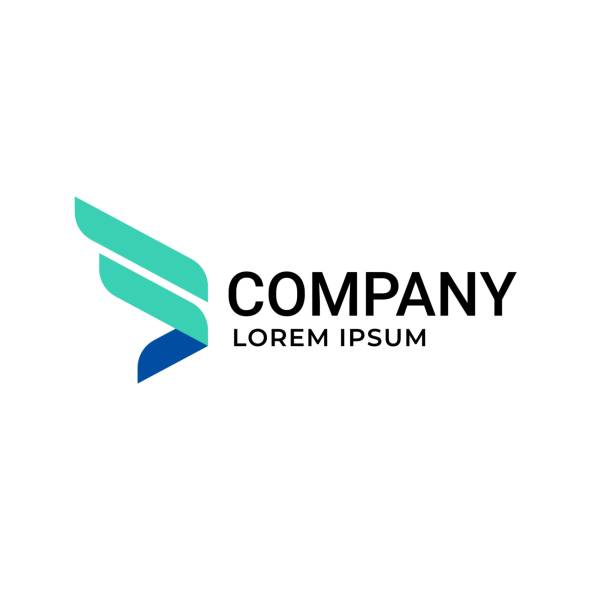
Photography Logo: Creating a Brand Identity Through Visual Design
Introduction
In the world of photography, a logo plays a crucial role in establishing a brand identity. A well-designed photography logo not only captures the essence of a photographer’s style but also serves as a visual representation of their professionalism and creativity. In this article, we will delve into the significance of a photography logo, explore key design elements, and provide insights on how to create a captivating logo that reflects your unique photographic style.
Table of Contents
- Understanding the Importance of a Photography Logo
- Key Elements of an Effective Photography Logo
- Simplicity and Minimalism
- Visual Representation of Photography
- Color Psychology in Logo Design
- Typography Choices
- Designing a Photography Logo: Step-by-Step Guide
- Define Your Brand Identity
- Research and Gather Inspiration
- Sketching and Conceptualization
- Choosing Colors and Typography
- Digital Design and Refinement
- Feedback and Iteration
- Implementing the Photography Logo: Best Practices
- Logo Placement
- Consistency Across Platforms
- Scalability and Adaptability
- Watermarking for Protection
- Showcasing Your Photography Logo
- Website and Portfolio
- Social Media Profiles
- Business Cards and Stationery
- Conclusion
- FAQs
- What file formats should I use for my photography logo?
- Should I hire a professional designer or create my own logo?
- How can I make my logo stand out from competitors?
- Can I update my photography logo in the future?
- Are there any legal considerations when using a logo?
Understanding the Importance of a Photography Logo
A photography logo serves as the face of your brand. It is the visual element that customers and potential clients associate with your work. A well-crafted logo creates a strong first impression and distinguishes your photography business from the competition. It communicates your style, expertise, and professionalism, helping you attract the right audience and build trust.
Key Elements of an Effective Photography Logo
Simplicity and Minimalism
When it comes to logo design, simplicity is key. A clean and minimalistic logo ensures better visual recognition and memorability. Avoid cluttering your logo with excessive elements and focus on conveying your core message in a clear and concise manner.
Visual Representation of Photography
A photography logo should incorporate visual elements that instantly convey its purpose. Consider incorporating camera-related icons, lenses, film rolls, or other relevant symbols that evoke the essence of photography. These visual cues help viewers quickly identify your profession and create a lasting impact.
Color Psychology in Logo Design
Colors play a vital role in logo design, as they evoke emotions and convey messages. For a photography logo, consider using colors that align with your brand identity and photographic style. For example, warm tones like orange and gold can evoke feelings of creativity and warmth, while cool tones like blue and gray can represent professionalism and tranquility.
Typography Choices
The choice of typography in a photography logo should reflect the style and personality of your brand. Opt for fonts that are legible and harmonize with your overall design. Serif or sans-serif fonts are commonly used, but feel free to explore various styles to find the perfect fit for your



